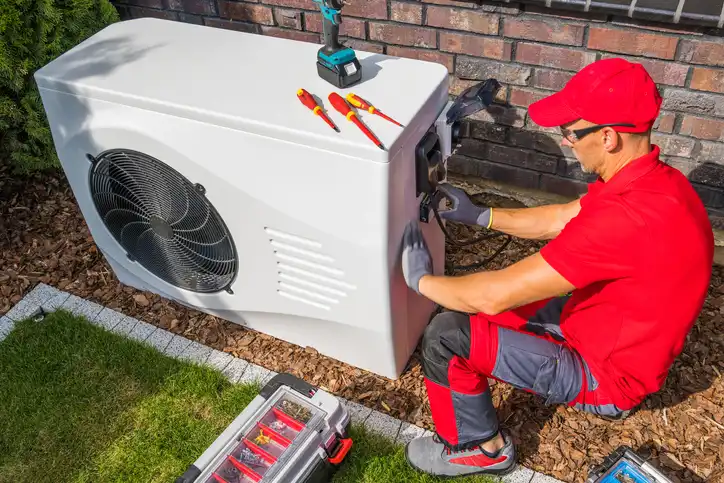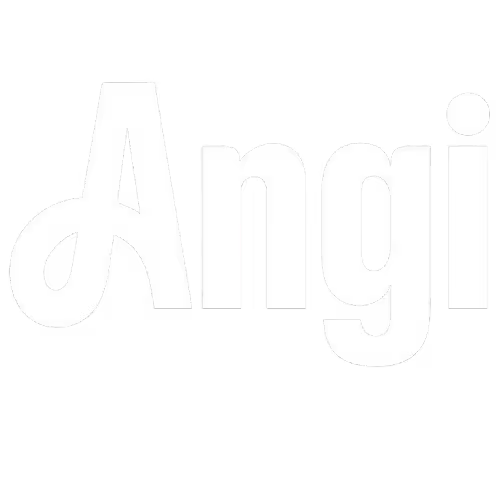Professional Heat Pump Installation for Enhanced Home Comfort and Efficiency
Investing in a heat pump system is a smart decision for homeowners looking to achieve year-round comfort while significantly reducing their energy consumption. A heat pump offers a versatile solution, providing efficient heating in colder months and effective cooling when temperatures rise, all from a single, integrated system. This dual capability makes it an increasingly popular choice for modern homes seeking sustainable and cost-effective climate control. Understanding the intricacies of heat pump installation is crucial for maximizing its benefits, and here at Stafford Home Service, we specialize in delivering expert installation services tailored to your specific needs.
Understanding the Types of Heat Pump Systems
Before delving into the installation process, it's important to differentiate between the primary types of heat pumps available:
- Air-Source Heat Pumps: These are the most common type and work by transferring heat between your home and the outside air. During colder periods, they extract heat from the outdoor air and transfer it indoors. In warmer weather, they reverse the process, moving heat from inside your home to the outside, effectively cooling your living space. Air-source heat pumps are relatively straightforward to install and are a versatile option for many climates.
- Ground-Source (Geothermal) Heat Pumps: Ground-source heat pumps leverage the stable temperatures of the earth to provide heating and cooling. A loop of underground piping circulates a fluid that absorbs or dissipates heat. This system offers exceptional efficiency due to the consistent ground temperature, often leading to lower operating costs. However, their installation is more complex, requiring excavation for the underground loop system.
Each type has its distinct advantages, and the optimal choice for your home depends on factors such as your property's characteristics, local climate, and budget.

Choosing the Right Heat Pump for Your Home
Selecting the appropriate heat pump involves careful consideration to ensure it meets your home’s heating and cooling demands efficiently. Key factors include:
- System Sizing: Proper sizing is paramount. A heat pump that is too small will struggle to adequately heat or cool your home, leading to discomfort and increased energy usage. Conversely, an oversized unit will cycle on and off too frequently, reducing its efficiency and lifespan. Experienced technicians at Stafford Home Service conduct a thorough assessment of your home’s square footage, insulation, window types, and local climate patterns to determine the ideal system size.
- Energy Efficiency Ratings: Look for high SEER (Seasonal Energy Efficiency Ratio) and HSPF (Heating Seasonal Performance Factor) ratings. SEER measures cooling efficiency, while HSPF measures heating efficiency. Higher ratings indicate greater energy efficiency, translating into lower utility bills. Modern heat pumps often come with advanced features like variable-speed compressors, further enhancing efficiency and comfort.
- Local Climate Considerations: The effectiveness of an air-source heat pump can be influenced by extremely cold outdoor temperatures. In regions with harsh winters, supplemental heating might be necessary, or a ground-source heat pump could be a more suitable primary solution due to its consistent performance regardless of outdoor air temperature fluctuations.
The Comprehensive Heat Pump Installation Process
A professional heat pump installation involves several critical steps to ensure optimal performance and longevity. At Stafford Home Service, our process is meticulously planned and executed:
- Initial Consultation and Assessment: Our technicians begin with a detailed consultation to understand your specific needs, budget, and home's layout. We perform a load calculation to determine the precise heating and cooling requirements for your property, ensuring the chosen system is perfectly sized.
- System Selection and Design: Based on the assessment, we recommend the most suitable heat pump type and model, considering energy efficiency goals and cost-effectiveness. We then design the system layout, including indoor and outdoor unit placement, ductwork modifications (if necessary), and electrical connections.
- Removal of Old System (If Applicable): If you are upgrading from an existing HVAC system, our team will safely and efficiently remove the old equipment, ensuring proper disposal.
- Outdoor Unit Installation: The outdoor compressor/condenser unit is strategically placed on a level pad, away from obstructions that could impede airflow. Proper clearance is vital for efficient operation and future maintenance.
- Indoor Unit Installation: The indoor air handler (for split systems) or furnace coil (for hybrid systems) is installed, typically in a utility closet, attic, or basement. This unit is connected to your existing ductwork or new ducts if it's a new installation.
- Refrigerant Line and Electrical Connections: Insulated refrigerant lines are carefully run between the indoor and outdoor units. Electrical wiring is connected according to local codes and manufacturer specifications, ensuring safe and reliable operation. A new thermostat, often a smart thermostat, is also installed and configured.
- Ductwork Inspection and Sealing: We inspect your existing ductwork for leaks and proper insulation. Any deficiencies are addressed to prevent energy loss and ensure efficient air distribution throughout your home.
- System Testing and Calibration: Once all components are installed, the system is thoroughly tested to verify correct operation, refrigerant levels, airflow, and temperature settings. We calibrate the thermostat and make any necessary adjustments to optimize performance.
- Client Walkthrough and Education: Our technicians will walk you through the new system, explaining its features, operation, and basic maintenance tips. We answer any questions you may have, ensuring you are comfortable with your new heat pump.
Cost Analysis of Heat Pump Installation
The cost of heat pump installation can vary widely depending on several factors. A detailed cost breakdown helps homeowners understand their investment:
- Type of Heat Pump: Air-source heat pumps typically have a lower upfront cost than ground-source systems due to less intensive installation requirements.
- System Size and Efficiency: Larger units and those with higher SEER/HSPF ratings generally cost more. However, higher efficiency often leads to greater long-term savings on energy bills.
- Ductwork Modifications: If your home requires new ductwork or significant modifications to existing ducts, this will add to the overall cost.
- Geographical Location and Labor Rates: Labor costs can fluctuate based on local market rates.
- Permits and Inspections: Necessary permits and inspections are part of the process and contribute to the total cost.
- Existing System Removal: Removing and disposing of an old HVAC system may incur additional charges.
While the initial investment for a heat pump can be substantial, it’s important to consider the long-term energy savings and potential eligibility for federal, state, and local incentives or rebates, which can significantly offset the upfront cost.
DIY vs. Professional Heat Pump Installation
The temptation to undertake a DIY installation might arise, but heat pump systems are complex and require specialized knowledge and tools.
- Risks of DIY: Incorrect sizing can lead to inefficiency and premature system failure. Improper refrigerant handling can be dangerous and harmful to the environment. Incorrect electrical wiring poses serious safety hazards. Furthermore, warranties often require professional installation.
- Benefits of Professional Installation: Choosing Stafford Home Service ensures your heat pump is installed correctly, safely, and efficiently. Our certified technicians possess the expertise to handle every aspect of the installation, ensuring compliance with all local codes and manufacturer warranties. This guarantees optimal performance, maximum energy efficiency, and a longer lifespan for your system, providing peace of mind and protecting your investment.
Maintenance and Care Post-Installation
Even after professional installation, regular maintenance is key to preserving your heat pump’s efficiency and extending its life. This typically includes:
- Regular Filter Replacement: Changing air filters monthly or as recommended prevents airflow restrictions and maintains indoor air quality.
- Coil Cleaning: Keeping indoor and outdoor coils clean ensures efficient heat transfer.
- Annual Professional Tune-ups: An annual inspection by a certified technician can identify and address minor issues before they escalate, ensuring your system runs smoothly year-round.
Invest in Expert Heat Pump Installation with Stafford Home Service
Choosing a new heat pump system is a significant decision for any homeowner, promising enhanced comfort and substantial energy savings. The success of this investment hinges on a professional, meticulous installation. At Stafford Home Service, we pride ourselves on delivering top-tier heat pump installation services, ensuring every component is perfectly integrated for optimal performance and longevity. Our commitment to quality workmanship, energy efficiency, and customer satisfaction means you can trust us to provide a seamless and effective heating and cooling solution for your home.
Ready to explore the benefits of a new heat pump system for your home? Contact Stafford Home Service today to schedule a comprehensive consultation and get started on your path to year-round comfort and energy savings.
Maintenance plan
Our premium maintenance plans start at just $216 annually, providing regular tune-ups, priority scheduling, and comprehensive protection to keep your systems running efficiently year-round.
Customer Testimonials
Our customers consistently praise our knowledgeable technicians, prompt service, and the lasting quality of the work we deliver.






